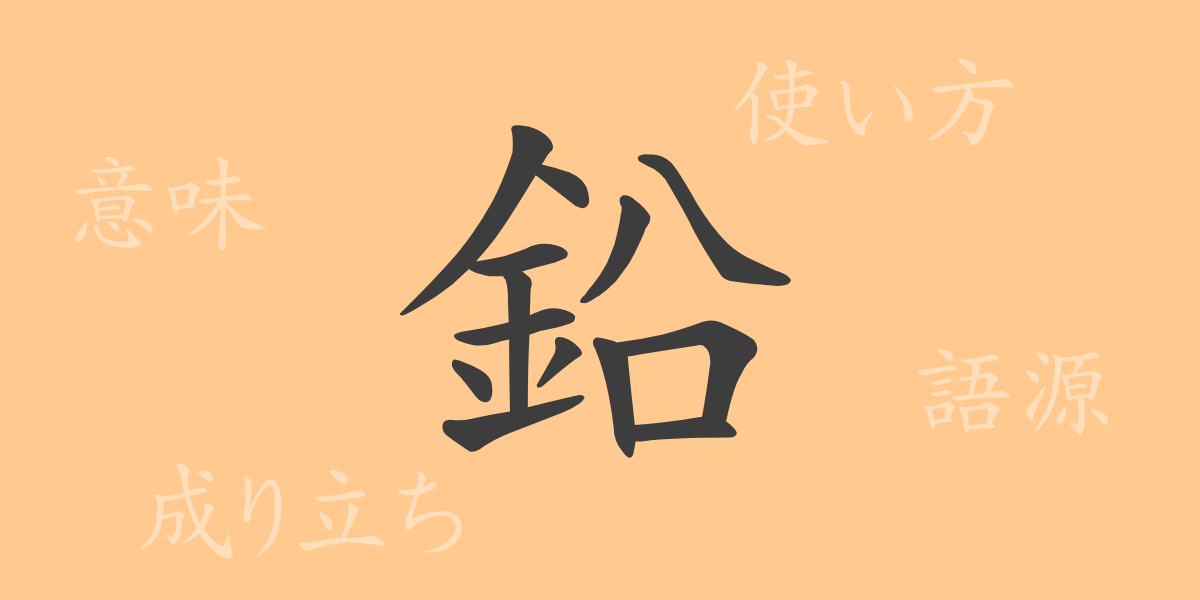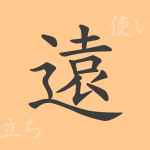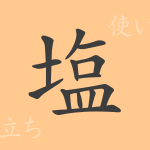“
From the things we casually encounter in our daily lives to the important materials that have carved out history since ancient times, the meaning hidden in a single kanji character is deep and wide-ranging. In this article, we will focus on the kanji “”鉛”” (Namari) and delve into its etymology, meaning, usage, and more. What kind of story is contained in the kanji “”鉛”” (Namari), which is familiar as one of the common kanji in Japan? Let’s explore the world of the kanji “”鉛”” (Namari) together through this article.
The Origin (Etymology) of 鉛 (なまり, Namari)
The kanji “”鉛”” (Namari) has been used in China since ancient times as a character representing the metal lead. This character consists of the “”金”” (Kane) part, meaning metal, and the “”殳”” (Ru) part, indicating sound, referring to lead, which is particularly heavy and soft among metals. In ancient China, lead was used as a material for seals and as part of traditional Chinese medicine, so its importance has been recognized since ancient times.
The Meaning and Usage of 鉛 (なまり, Namari)
In modern Japanese, “”鉛”” (Namari) is mainly used as a word referring to the metal lead. It can also be seen as part of metaphorical expressions and phrases, and there are examples of its use as an adjective, such as “”鉛のように重い”” (Namari- no- yō ni -omo-i, heavy as lead). Additionally, it is known as the “”鉛”” (En) in pencils, but the actual core of a pencil is made of graphite or clay, not lead, so the name has been inherited.
Reading, Stroke Count, and Radical of 鉛 (なまり, Namari)
The kanji “”鉛”” (Namari) has the following characteristics:
- Reading: The on’yomi is “”en,”” and the kun’yomi is “”namari.””
- Stroke Count: A total of 13 strokes
- Radical: The radical is “”金”” (Kanehen)
Idioms, Phrases, and Proverbs Using 鉛 ( Namari) and Their Meanings
Here are some idioms, phrases, and proverbs that include “”鉛”” (Namari):
- 鉛筆 (Enpitsu): A writing implement for writing.
- 鉛色 (Namari-iro): A grayish-blue color like lead. It can also be used as a metaphor for that color.
- 鉛を垂れる (Namari -wo- ta-reru): Expresses the act of being extremely careful when deciding something.
Summary of 鉛 (Namari)
Through this article, we can see that behind the kanji “”鉛”” (Namari), there is a deep history that has continued since ancient times and various usages in the Japanese language. Lead as a metal has been used in many industries due to its physical properties, but the word “”鉛”” (Namari) is utilized in various forms in our language. By having this knowledge, we can deepen our understanding of the Japanese language and let our minds wander to the culture and history behind the words.
“

























